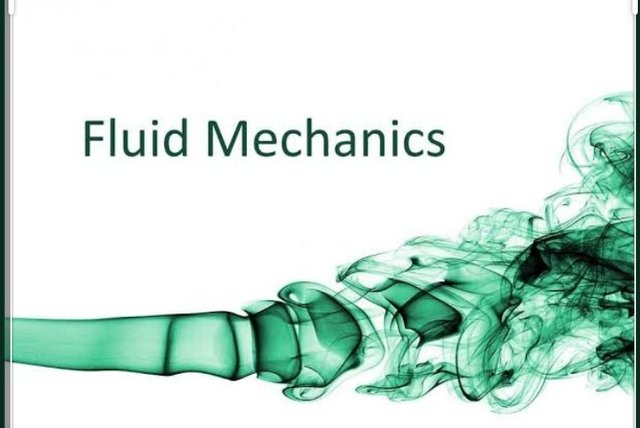FLUID MECHANICS: SOME HISTORICAL THOUGHTS

The term ''Fluid mechanics'' is the study of the movement of fluid both in a static state and dynamic state.
Historical Facts(Importance of Aerodynamics)
In the year 1588, the waters of English channel churned with warships. These was a fight between the spanish battle ships against the english ships. The spanish ships were called the Spanish Armada because of it ability to destory any ship due to the fact that it was large and heavy; they were packed with soldiers and contain cannons that fires 50 lb round of shot which can destroy it enemies ships. In the other end, the English ships were smaller, lighter and as a shorter range compared to the spanish ships. During this battle the spanish Armada was devastated(defeated) by the english ships because the Armada was sluggish and heavy compared to the english ships which were faster and more maneurable. By this time the Spanish Armada was no longer a threat to England. The balance of power in Europe hinged on naval power encountered. Due to this fact, naval power now depends on speed and maneuvurability of ships. To increase the speed of a ship we need to look at the resistance of water around the ship hull. Thus, this give impetus to fluid mechanics when the drag on ship's hull became an engineering problem with great interest.
In 1687, this impetus hit is stride when Isaac Newton publish his popular principia, in which the entire second book was about fluid mechanise. Newton came across alot of problem likewise those before him because fluid flow was conceptionally complex compared to a solid object. A solid object is generally well defined and you can easily describe it, while a fluid is a 'squishy' substance and during the era of Isaac Newton it was hard to define the qualitative model of motion, let alone the quantitative relationships. Newton defines fluid flow as a uniform, rectilinear stream of particles, much lika a pellets from a shot gun.
In 1777, different experiments was performed by Jean le Rn d'Alembert, with the support of the french government, in other to measure the resistance of water of ships in canals. The result of the experiments shows that > the rule for oblique planes varies with the sine square of angle of incidence holds for good between 50 degrees and 90 degrees and must be abandon for lesser angles.
In 1781, Loenhard Euler proof the physical inconsistency of Newton fluid flow consisting of a rectilinear stream of particules without giving a warning to a surface. Euler stated that when a fluid flows along a surface, before it reaches the latter, it will change its direction and velocity so as to flow pass a body along a surface. Euler agree with d'Alerbert experiment on ship hull.
This post has been rewarded by the Steem Community Curation Project. #communitycuration07
For future reference, posts that are unique to the Steem blockchain are eligible for higher percentage upvotes. Whenever your post is exclusive to this platform, you can use the #steemexclusive tag to make your post easy for Steem's community curators to find.